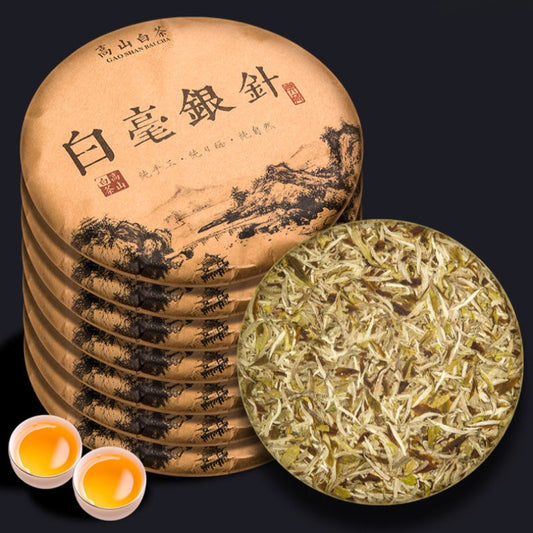Collection: White Tea
White Tea: The Pure Essence of Time
What is White Tea?
White tea, one of China's six major tea categories, is renowned for its natural withering process and minimal processing—no frying or rolling. Its name comes from the delicate silvery-white hairs that cover the buds, resembling snow. The liquor is light yet rich, earning it the title of "the gem of teas."
Core Origins
Fuding and Zhenghe in Fujian Province are the heartlands of white tea, where the coastal mountain climate nurtures its signature "fragrant, honey-like elegance."
The Art of Craftsmanship
White tea embodies the philosophy of "natural simplicity." Fresh leaves are sun-withered and gently dried, preserving their pure character. Over time, it transforms—developing deeper flavors, as the saying goes: "One year for tea, three years for medicine, seven years for treasure."
Four Classic Varieties
-
Baihao Yinzhen (Silver Needle) – Made from single buds, with a fresh, floral aroma and a delicate sweetness.
-
Bai Mudan (White Peony) – One bud with one or two leaves, offering a balanced bouquet of flowers and fruit.
-
Gong Mei / Shou Mei – Mature leaves create a fuller-bodied brew, evolving into rich date-like notes with aging.
A Flavor Journey
Young white tea is crisp and refreshing (hints of melon, wildflowers), while aged white tea becomes mellow and soothing (herbal, honeyed notes). Each sip reveals a dialogue between sunlight and time.
A Tea of Wellness
Rich in polyphenols and flavonoids, white tea is a powerhouse of antioxidants. It cools the body in summer, while aged white tea, best brewed warm, nurtures vitality in colder months.
Brewing Guide
-
Water Temp: 90°C–95°C (194°F–205°F)
-
Vessel: Porcelain gaiwan or glass cup
-
Key Note: "Light yet profound, fresh yet structured."
White tea is the hermit of teas—subtle at first sip, profound with time. A cup of simplicity, inviting you to savor the quiet poetry of aging.

![2013 Fuding White Tea Cake [Wild White Peony] - YIQIN TEA HOUSE | yiqinteahouse.com | tea, white peony, white tea](http://yiqinteahouse.com/cdn/shop/products/2013-fuding-white-tea-cake-wild-white-peony-yiqin-tea-house-yiqinteahouse-com-1.jpg?v=1723258851&width=533)
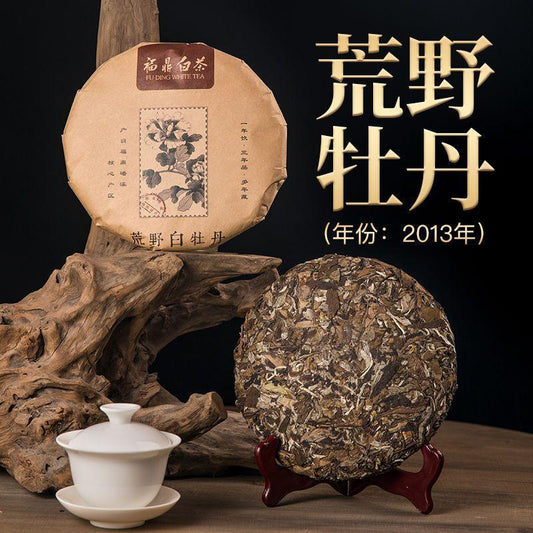
![2024 Spring Fuding [Wild Baihaoyinzhen] Premium White Loose Tea - YIQIN TEA HOUSE | yiqinteahouse.com | baihaoyinzhen, tea, white tea](http://yiqinteahouse.com/cdn/shop/files/2024-spring-fuding-wild-baihaoyinzhen-premium-white-loose-tea-yiqin-tea-house-yiqinteahouse-com-1.jpg?v=1723794099&width=533)
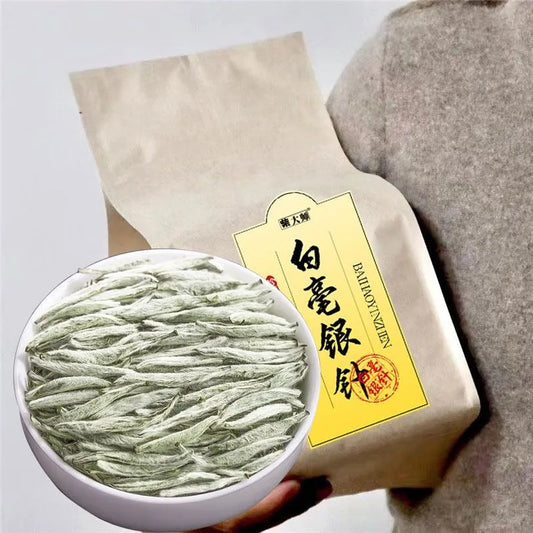
![2009 Fuding Premium White Tea Cake [Gaoshan Hanlu Gong Mei] - YIQIN TEA HOUSE | yiqinteahouse.com | gong mei, tea, white tea](http://yiqinteahouse.com/cdn/shop/products/2009-fuding-premium-white-tea-cake-gaoshan-hanlu-gong-mei-yiqin-tea-house-yiqinteahouse-com-1.png?v=1724349680&width=533)
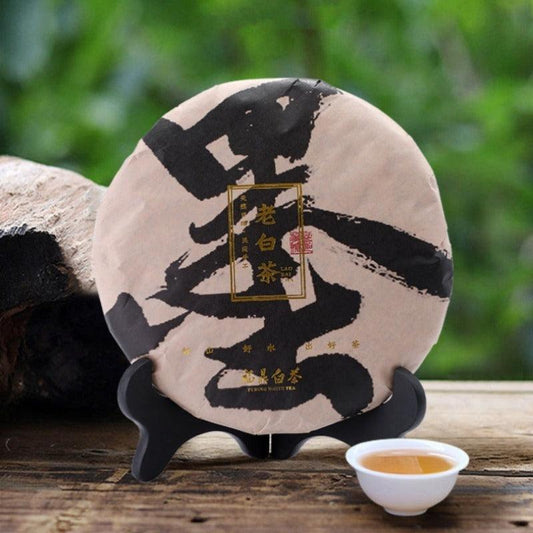
![2011 Fuding White Tea Cake [Shou Mei] - YIQIN TEA HOUSE | yiqinteahouse.com | shou mei, tea, white tea](http://yiqinteahouse.com/cdn/shop/products/2011-fuding-white-tea-cake-shou-mei-yiqin-tea-house-yiqinteahouse-com-1.png?v=1723258830&width=533)
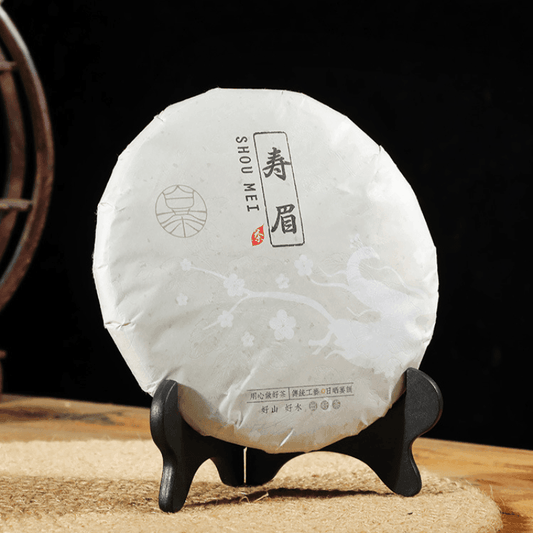
![2020 Fuding White Tea Cake [Diancang Gaoshan Gong Mei] - YIQIN TEA HOUSE | yiqinteahouse.com | gong mei, tea, white tea](http://yiqinteahouse.com/cdn/shop/products/2020-fuding-white-tea-cake-diancang-gaoshan-gong-mei-yiqin-tea-house-yiqinteahouse-com-1.jpg?v=1723258794&width=533)
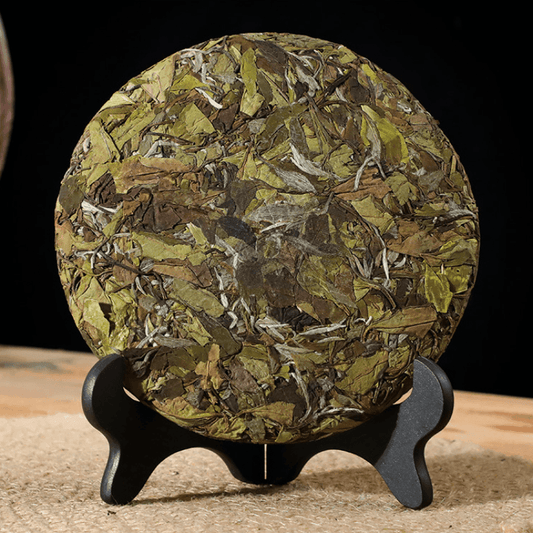
![(Limited Edition) 2010 Fuding Premium White Tea Cake [Wild Laocong Gong Mei] - YIQIN TEA HOUSE | yiqinteahouse.com | gong mei, tea, white tea](http://yiqinteahouse.com/cdn/shop/files/2010-fuding-premium-white-tea-cake-wild-laocong-gong-mei-yiqin-tea-house-yiqinteahouse-com-1.jpg?v=1723793954&width=533)
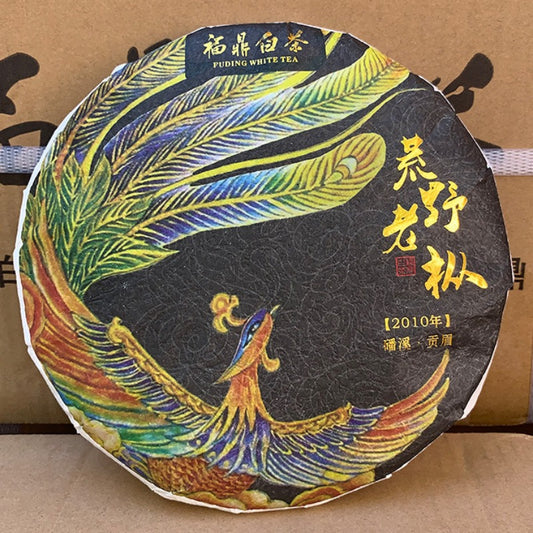
![2012 Fuding White Tea Cake [Gong Mei] - YIQIN TEA HOUSE | yiqinteahouse.com | gong mei, tea, white tea](http://yiqinteahouse.com/cdn/shop/products/2012-fuding-white-tea-cake-gong-mei-yiqin-tea-house-yiqinteahouse-com-1.png?v=1723258774&width=533)
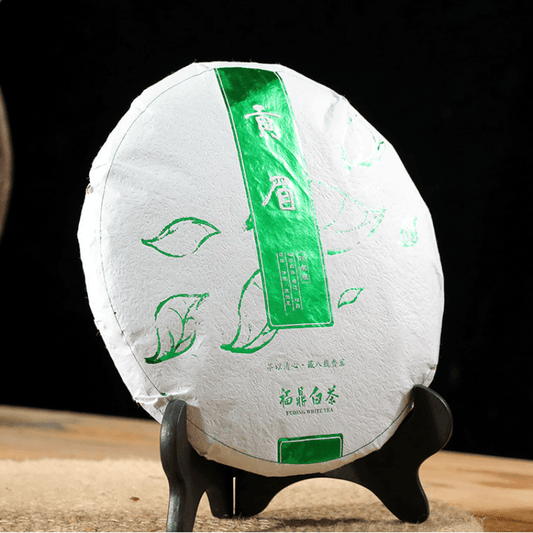
![2020 Fuding White Tea Cake [Sun-dried White Peony] - YIQIN TEA HOUSE | yiqinteahouse.com | tea, white peony, white tea](http://yiqinteahouse.com/cdn/shop/products/2020-fuding-white-tea-cake-sun-dried-white-peony-yiqin-tea-house-yiqinteahouse-com-1.png?v=1723258811&width=533)
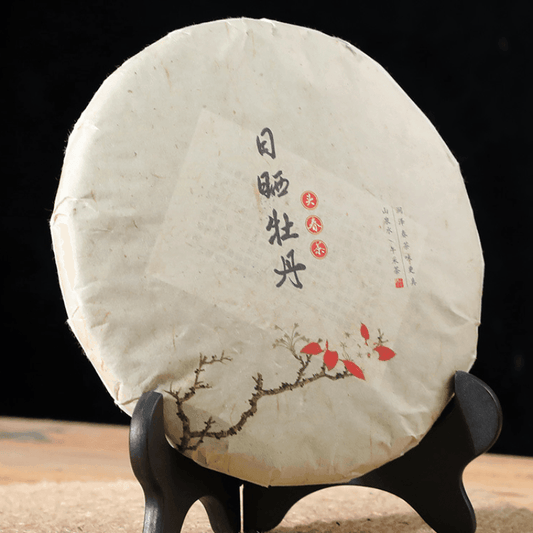
![2014 Spring Fuding White Tea Cake [Baihaoyinzhen] - YIQIN TEA HOUSE | yiqinteahouse.com | baihaoyinzhen, tea, white tea](http://yiqinteahouse.com/cdn/shop/files/2014-spring-fuding-white-tea-cake-baihaoyinzhen-yiqin-tea-house-yiqinteahouse-com-1.jpg?v=1723263298&width=533)
